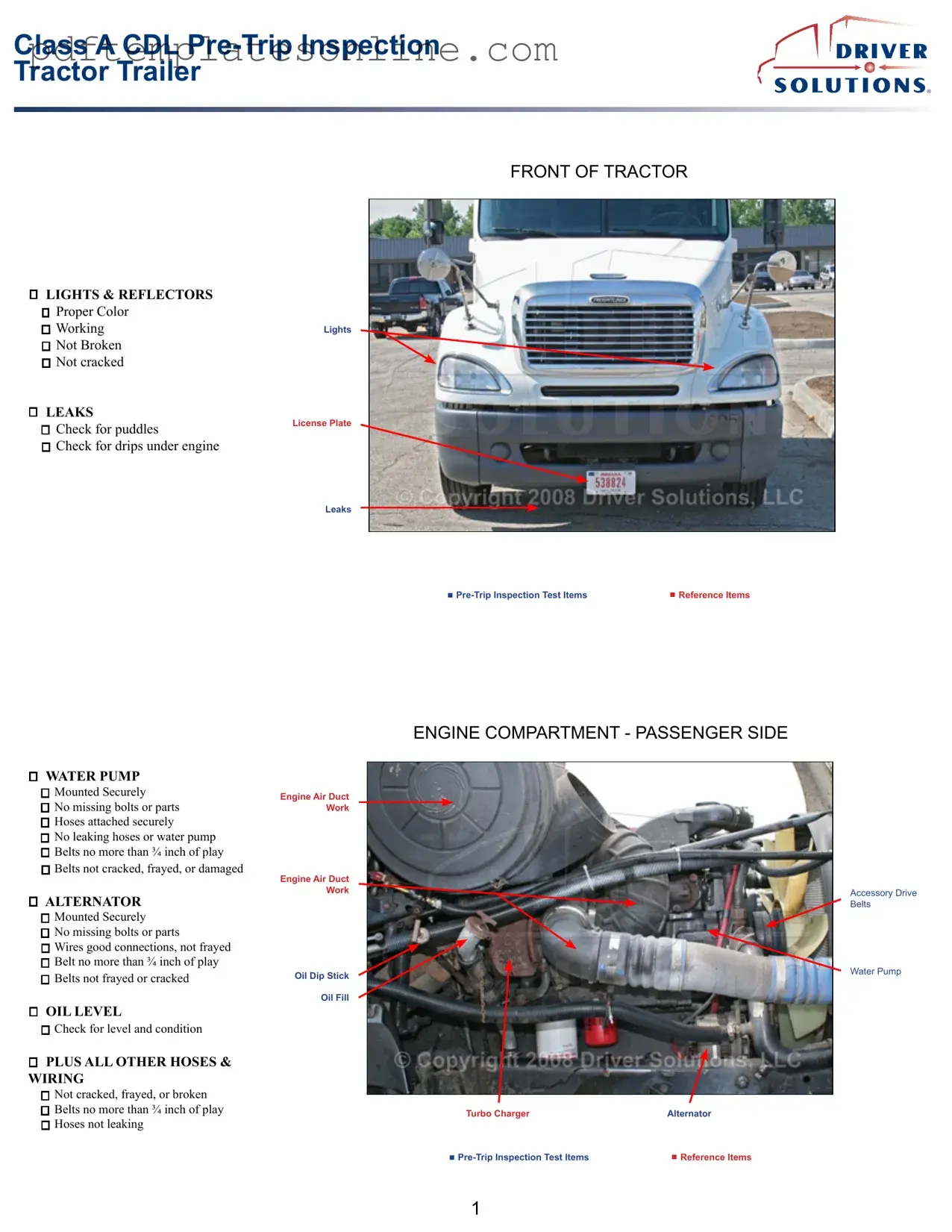Completing a Pre Trip Inspection Checklist is crucial for ensuring vehicle safety and compliance. However, many individuals make common mistakes that can lead to oversight and potential hazards on the road. One frequent error is failing to check all required items. The checklist is designed to cover various components, including brakes, lights, and tires. Skipping any of these checks can result in serious safety issues.
Another mistake often observed is incomplete documentation. Some individuals may rush through the checklist, neglecting to provide necessary details such as the date, time, or vehicle identification number. This lack of thoroughness can create problems if there is a need to reference the checklist later for maintenance or compliance purposes.
Additionally, not using the checklist regularly can lead to complacency. Some drivers may believe that they know their vehicle well enough to skip the inspection. However, regular use of the checklist helps to identify issues that might otherwise go unnoticed, promoting a culture of safety and diligence.
Another common error is misinterpreting the checklist instructions. Some users may not fully understand what each item entails or how to properly assess it. This misunderstanding can lead to incorrect evaluations, potentially putting drivers and others at risk.
Lastly, failing to report issues found during the inspection is a significant oversight. If a driver identifies a problem but does not document or communicate it, the vehicle may remain in service despite being unsafe. Reporting issues promptly ensures that necessary repairs are made and helps maintain overall safety on the roads.
